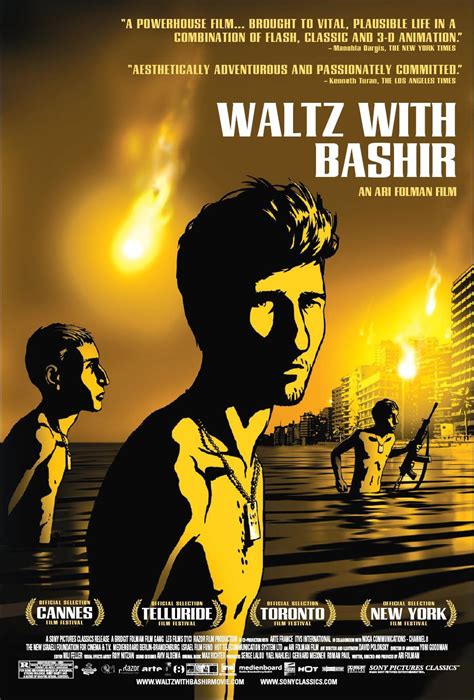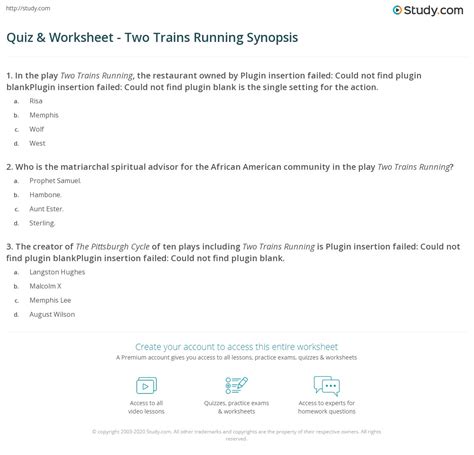The animated documentary film “Waltz With Bashir” is a powerful and haunting exploration of the human experience during wartime. Released in 2008, the film was written and directed by Ari Folman, an Israeli filmmaker who drew upon his own experiences as a soldier during the 1982 Lebanon War. The movie’s unique blend of animation, personal narrative, and historical context has made it a critically acclaimed and thought-provoking work that continues to resonate with audiences today.
At its core, “Waltz With Bashir” is a film about memory, trauma, and the search for truth. Folman’s narrative is presented as a series of fragmented and often surreal flashbacks, which blur the lines between reality and fantasy. The story follows Folman’s attempts to recall his time as a soldier during the Lebanon War, particularly his involvement in the Sabra and Shatila massacre, a horrific event in which hundreds of Palestinian refugees were slaughtered by Christian militiamen while Israeli forces stood by.
As Folman delves deeper into his past, he embarks on a journey to interview former comrades and friends, seeking to reconstruct the events of the war and understand the role he played in it. Through these conversations, the film builds a complex and multifaceted portrait of the human experience during wartime, one that is marked by confusion, fear, and a deep sense of moral ambiguity.
One of the most striking aspects of “Waltz With Bashir” is its use of animation to convey the intensity and surrealism of war. The film’s visuals are a blend of traditional animation and computer-generated imagery, with a distinctive and often dreamlike quality that adds to the sense of disorientation and unease. The animation also serves to underscore the subjective nature of memory, highlighting the ways in which our recollections of past events can be distorted, fragmented, and influenced by our emotions and biases.
Throughout the film, Folman grapples with the moral implications of his actions during the war, and the ways in which they have continued to shape his life and identity. The movie raises important questions about the nature of responsibility, guilt, and redemption, and challenges viewers to consider the long-term consequences of military conflict on individuals and societies.
In addition to its thought-provoking themes and striking animation, “Waltz With Bashir” is also notable for its innovative storytelling approach. The film’s use of non-linear narrative and multiple perspectives creates a sense of complexity and depth, drawing the viewer into the world of the story and refusing to offer easy answers or resolutions. This approach also underscores the provisional nature of memory and history, highlighting the ways in which our understanding of the past is always subject to revision and reinterpretation.
For example, the film’s depiction of the Sabra and Shatila massacre is a powerful and haunting sequence that underscores the brutality and senselessness of war. The use of animation to recreate this event serves to emphasize the emotional and psychological toll it took on those involved, and highlights the ways in which trauma can continue to shape our lives long after the initial event has passed.
In terms of its historical context, “Waltz With Bashir” is a film that is deeply rooted in the complexities and controversies of the Middle East conflict. The movie provides a unique perspective on the 1982 Lebanon War, and the ways in which it continues to shape Israeli society and politics today. At the same time, the film’s themes of memory, trauma, and moral ambiguity are universally relevant, and speak to broader questions about the human experience during wartime.
Pros and Cons of Using Animation in Documentary Filmmaking
| Pros | Cons |
|---|---|
| Allows for creative and innovative storytelling approaches | Can be seen as less "realistic" or authentic than traditional documentary techniques |
| Provides a unique and engaging visual style | Can be time-consuming and expensive to produce |
| Enables filmmakers to tackle complex and difficult subjects in a new and innovative way | Can be seen as insensitive or exploitative if not handled carefully |

In conclusion, “Waltz With Bashir” is a powerful and thought-provoking film that explores the human experience during wartime with sensitivity, nuance, and complexity. Through its innovative use of animation and non-linear narrative, the movie creates a dreamlike atmosphere that draws the viewer into the world of the story and refuses to let go. As a work of documentary filmmaking, “Waltz With Bashir” is a landmark achievement that challenges viewers to consider the long-term consequences of military conflict on individuals and societies, and raises important questions about the nature of responsibility, guilt, and redemption.
What is the significance of the title "Waltz With Bashir"?
+The title "Waltz With Bashir" refers to the Israeli defense minister Ariel Sharon, who was known as "Bashir" during the 1982 Lebanon War. The title is also a reference to the film's use of dance and music as a metaphor for the complexities and nuances of human experience during wartime.
How does the film's use of animation contribute to its overall impact and meaning?
+The film's use of animation serves to underscore the subjective nature of memory, and creates a dreamlike atmosphere that draws the viewer into the world of the story. The animation also enables the filmmaker to tackle complex and difficult subjects in a new and innovative way, and provides a unique and engaging visual style that sets the film apart from other documentaries.
What are some of the key themes and messages of the film?
+Some of the key themes and messages of the film include the nature of memory and trauma, the complexities and nuances of human experience during wartime, and the importance of considering the long-term consequences of military conflict on individuals and societies. The film also raises important questions about the nature of responsibility, guilt, and redemption, and challenges viewers to think critically about the role of military conflict in shaping our world.
In the end, “Waltz With Bashir” is a film that will leave viewers changed, haunted, and perhaps even transformed by its powerful and thought-provoking portrayal of the human experience during wartime. As a work of documentary filmmaking, it is a landmark achievement that will continue to inspire, educate, and challenge audiences for years to come.



